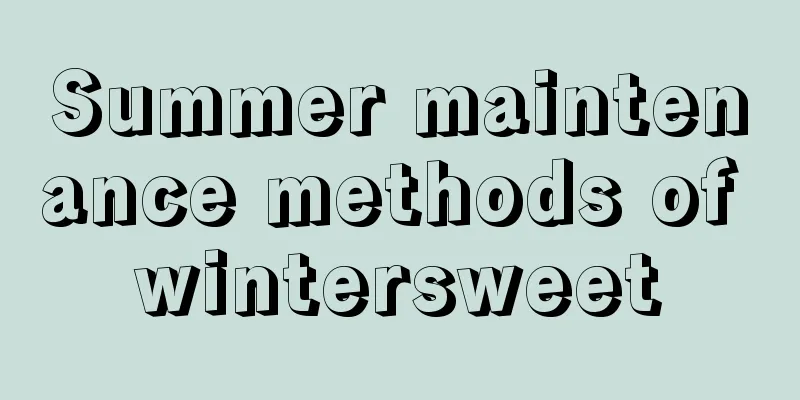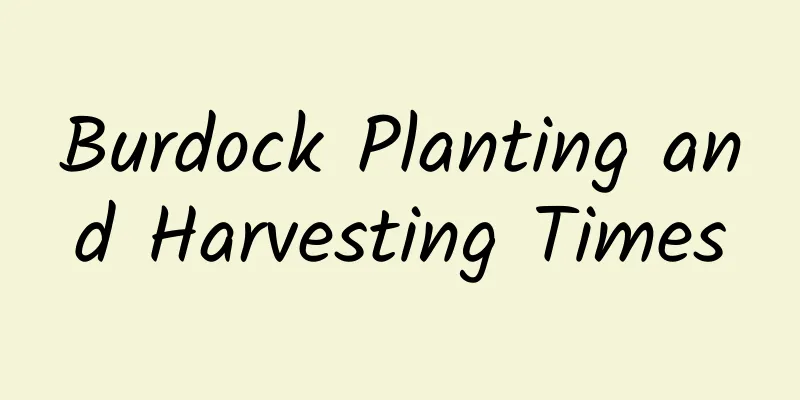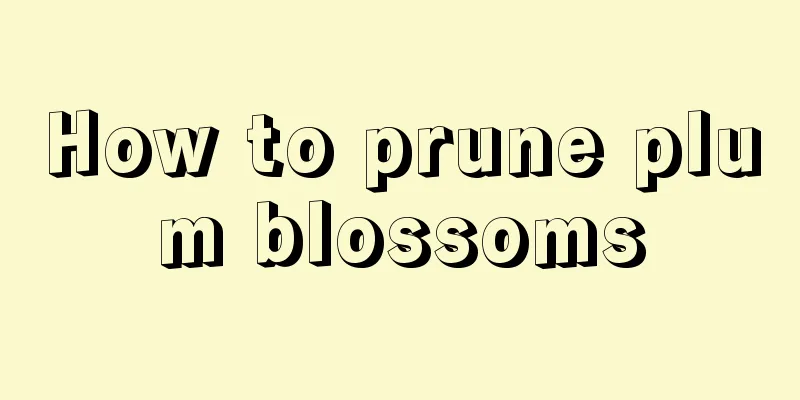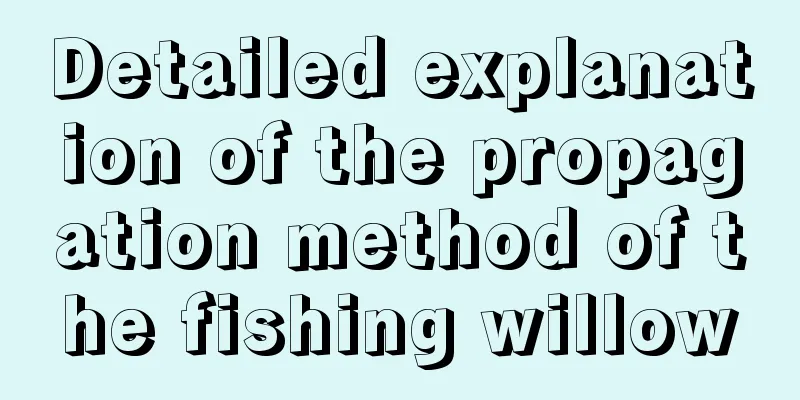Maintenance methods of elm bonsai

Elm is a good material for shaping tree stump bonsaiThe elm tree stump bonsai has a strong and simple trunk and elegant branches and leaves, which is very attractive. Elm is a deciduous tree of the Elm family. It is widely distributed in my country, especially in the Jiangnan area, where it can be said that “there is elm in every village”. It is distributed wild in the mountainous areas of Liaoning and is also commonly cultivated in households. The leaves of the elm tree are alternate, oval, pointed at the tip, 3-6 cm long, 1-3 cm wide, with neat and blunt serrations on the edges, straight-cracked bark, and gray, soft, and widely spread out. The flowers are small and yellow-green, and the winged fruits are round like small coins. The leaves, branches and stems of elm trees all have certain ornamental value. Its leaves are fine and dense, thick and hard, the new leaves are fresh and tender. The bark is irregular and scale-like, and is lovely. The branches are soft and drooping, dancing in the wind, swaying like willows. Although the stems are half rotten or full of holes, they are still strong and upright, and will not die even when they are old. It is precisely because of the above characteristics that it appears vigorous and simple when used as a bonsai, and is highly praised by the bonsai community. When choosing elm trees for bonsai, it is best to dig up old tree stumps in the mountains, cultivate them on the ground first, and then transplant them into pots. It can also be cultivated into small bonsai using high pressure method. Elm is a very common tree species and can be found everywhere in mountains, forests and fields. In winter and spring, you can go to the mountains to dig up tree stumps. Pay attention to choosing tree stumps with jagged bases, or cracks that have grown into deformities, holes in the stems, and tumor-shaped cross-sections of branches. Those with lush bark, and their posture should not be neglected just because of their "rough" nature and strong vitality. Because the tree stump is old and weak, and the nutrients in the pot are limited, it must be maintained more frequently. illuminationIncrease plant lighting. Elm trees prefer a growing environment with sufficient sunlight. If there is insufficient sunlight, its branches will grow too long, the leaves will become ugly, and it will be easy to breed various diseases and pests. WateringKeep the soil in the elm tree pot moist, but not waterlogged. Elm trees like to grow in moist places, but are also afraid of waterlogging. Therefore, water thoroughly once in the morning and once in the evening in summer. If water accumulates, you need treatment as soon as possible. FertilizationElm trees should be fertilized appropriately. Liquid fertilizer should be used for fertilization. You can also crush peanut cakes into thumb-sized pieces and bury them in the soil, and use some compound flower fertilizer. Fertilization should be applied once in early spring and early autumn, and should not be applied too often. PruningMaintain the shape of the elm tree and prune it regularly. Elm trees have a strong growth ability, and if the branches are not pruned, the landscape will lose its ornamental value. Pruning can be done in autumn. First cut off useless and diseased branches, and then prune according to the shape or after shape. PestsAphids and scale insects are the most common pests of elm trees. When these two pests occur, they can be sprayed with 1000 times diluted omethoate. Elm trees can be used as bonsai for viewing and can also be used to decorate the courtyard. However, when transplanting large tree stumps, foreign soil must be brought along, and the transplant must be done before the leaves sprout in winter or spring. After planting, wrap the stems with rice straw mixed with yellow mud water, and water frequently to ensure that the soil and straw are moist. |
<<: How to plant Gesang flowers
>>: How to grow orchids on the balcony
Recommend
How to plant Jade Fan seeds
Jade fan sowing temperature The suitable temperat...
Can the money tree be pruned? Prune during the lush growth period in late spring and early summer.
Can the money tree be pruned? The money tree can ...
How many pounds of litchi are produced per mu?
Litchi yield per mu Lychee is a common fruit. Gen...
Cutting propagation methods and precautions for Christmas cactus
How to propagate Christmas cactus Christmas cactu...
How to plant a garden plum tree
Planting preparation Before planting a plum tree,...
Cultivation methods and precautions of air pineapple
Container selection There are many choices of gro...
Is night primrose poisonous?
1. Is it toxic? The night-blooming jasmine plant ...
Diseases and Pests of Crassula ovata and Their Control
Common diseases of the bird's nest: Tan Yi di...
The planting method and time of Wutacai and the suitable planting and growth temperature
Suitable planting time for Wutacai The planting t...
How to propagate Calceolaria
Seed propagation The best time to propagate Calce...
What are the benefits of using rice water to water flowers? How often should I water them?
1. The benefits of watering flowers Rice washing ...
How to make lucky bamboo more vigorous in soil
1. Breathable soil When growing lucky bamboo, be ...
Why are Monstera leaves turning yellow?
Monstera is an evergreen vine that is often used ...
What is the crop of Yumai?
What kind of crop is Yumai? Yumai refers to oats,...
What is the best season to plant carrots? When and how to plant carrots
When planting carrots, you should choose land wit...









